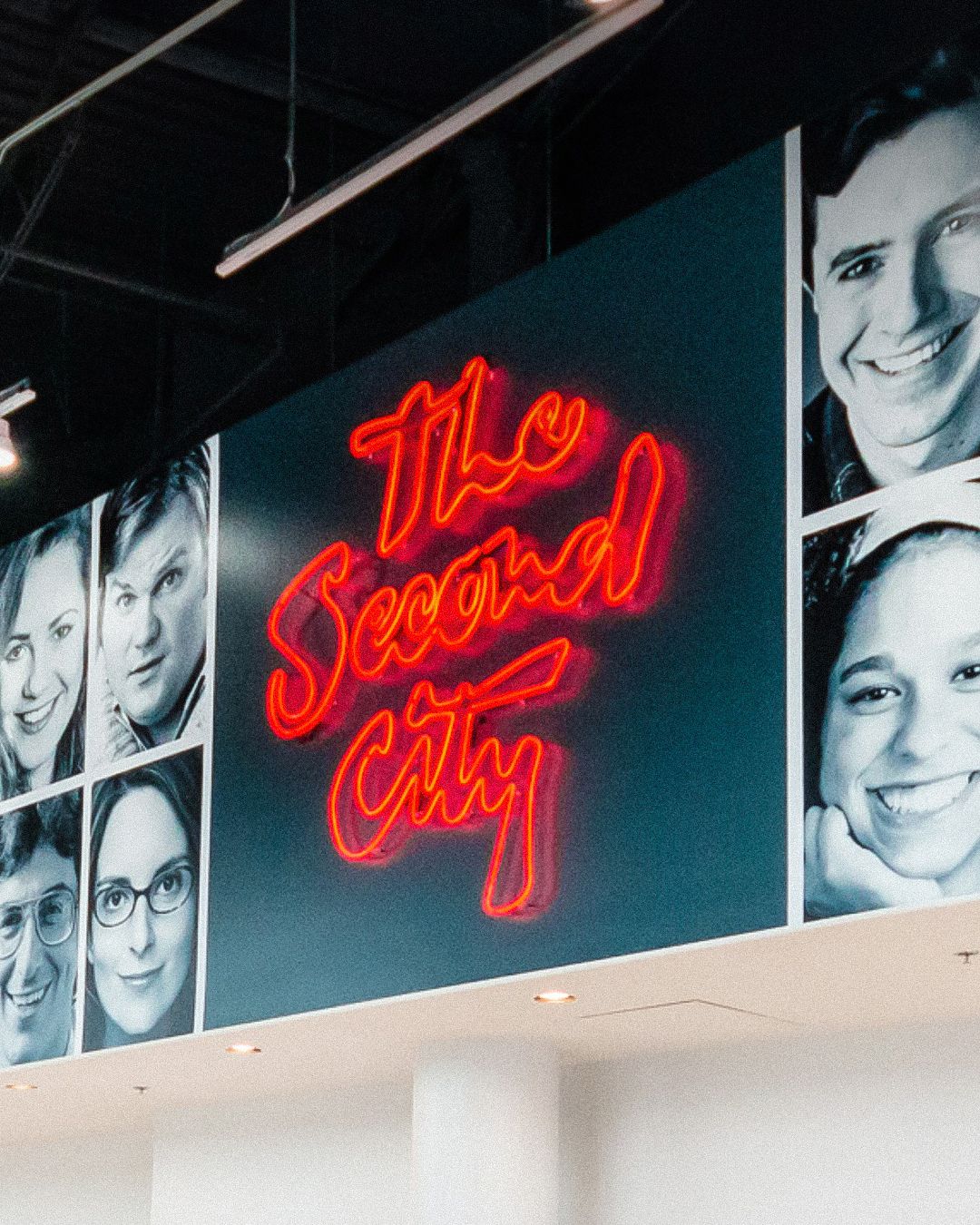Case Study
Defining a comedy empire’s brand portfolio

the opportunity
The Second City has a stellar reputation in the comedy community, and has expanded dramatically since it was founded in 1959. The world’s most storied improv-based comedy institution (and training ground for the likes of John Belushi, Tina Fey, Steve Carell, and Aidy Bryant) now boasts an in-house film school, a thriving B2B arm, and a nationwide training center with over 5,000+ trainees mastering the art of funny.
However, years of growth led to an unclear brand architecture and fractured brand touchpoints. We came in to tighten and strengthen The Second City’s brand architecture and identity, and to create a modular logo and design system to be used across the institution’s many sub-brands and digital channels, allowing them to expand with a clear POV and cohesive brand identity.
Despite conflicting internal visions, our collaboration with the team resulted in a structured brand architecture and comprehensive identity that the brand continues to use today. The key was rooting the strategy in the brand purpose and history — something everyone could rally behind.

the outcome
By tightening the master brand positioning while creating a unique offering and personality for each sub-brand, we gave the internal team an extremely functional guide for decision-making, channel strategy, content creation, and brand extensions and partnerships. And in discovering each sub-brand had quite disparate target audiences (and therefore required separate communication strategies), we devised a way for the internal team to brief-in creative with the right tone by identifying their desired levels of comedic subversion through a “heat rating”.
Creating tighter guardrails gave The Second City more opportunity for expansion and ambition, and in the hands of their marketing team, our distinctive look and feel has been rolled out across digital, social, print, OOH and theaters in Chicago, Toronto, and Los Angeles.
verticals
- Entertainment
- Media
services
- Stakeholder Research
- Consumer Research
- Surveys and focus groups with employees, students, and patrons
- Brand Architecture
- Brand Refresh
- Brand Framework (mission, vision, values, pillars)
- Logo
